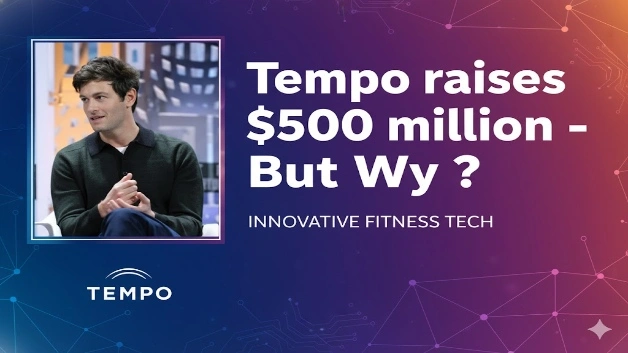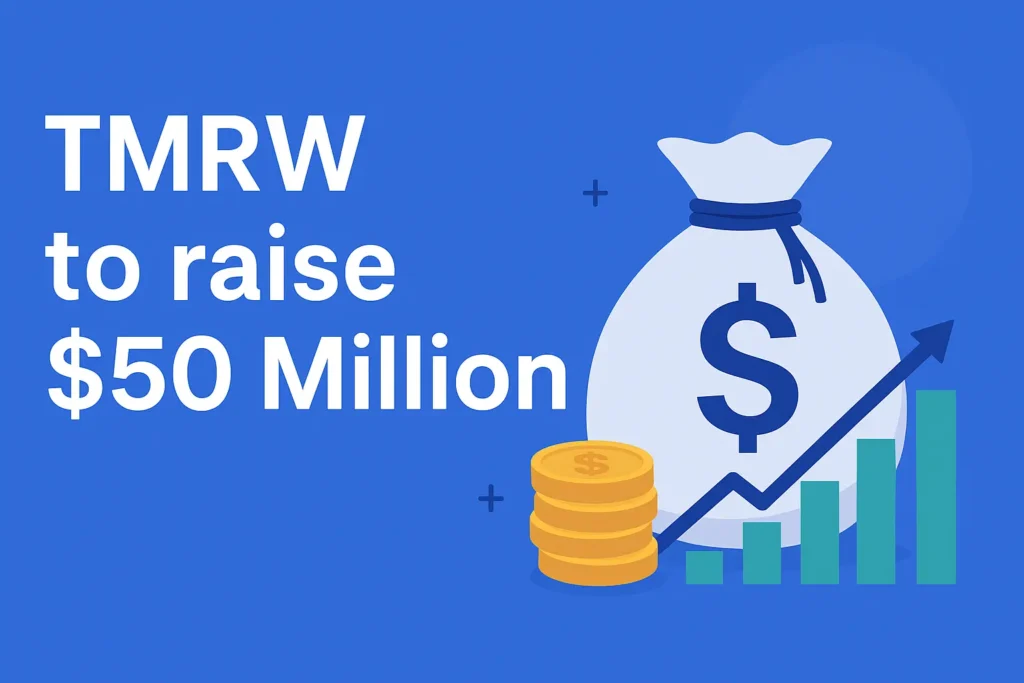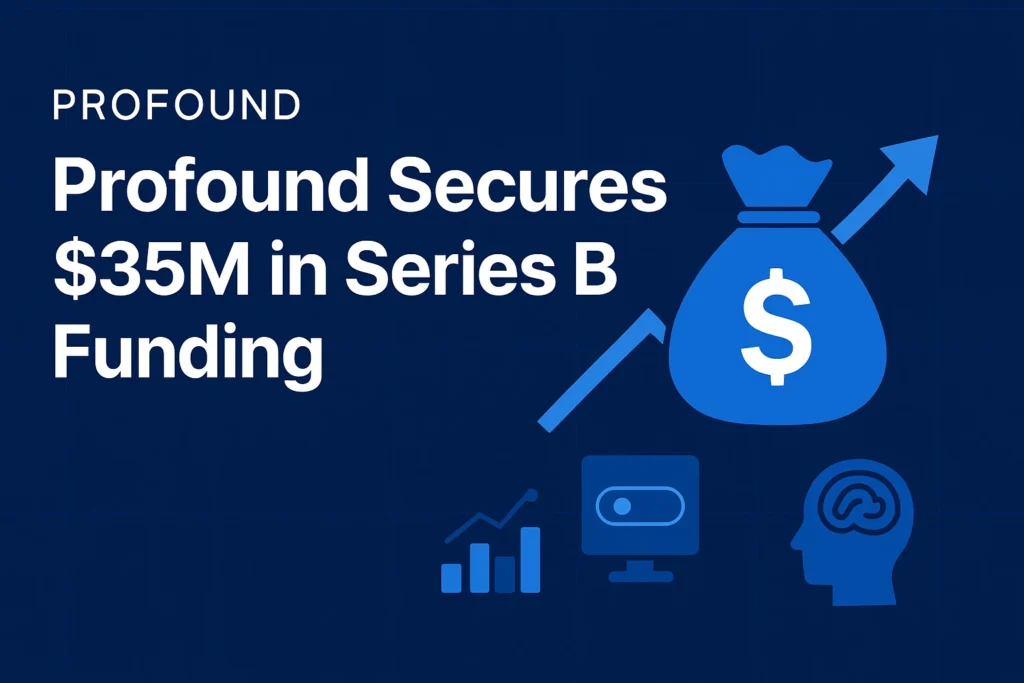Tempo, the payments-focused blockchain developed by fintech giant Stripe and crypto venture firm Paradigm, has secured $500 million in Series A funding led by Greenoaks and Joshua Kushner’s Thrive Capital, valuing the company at $5 billion—making it one of the highest-valued blockchain ventures in recent years. But beyond the staggering numbers, this funding round raises a crucial question: why is half a billion dollars flowing into yet another blockchain when Ethereum and Solana already dominate?
The Stablecoin Infrastructure Race Nobody Saw Coming
The answer lies in understanding what’s happening beneath the surface of global payments. The stablecoin sector currently stands at $307 billion in market capitalization, with Tether’s USDT commanding $181 billion and 59% market share. More remarkably, stablecoins processed approximately $27 trillion in transactions during 2024, with daily volumes reaching between $5-7 trillion in global money transfers—rivaling traditional payment networks like Visa and Mastercard combined.
Tempo includes design partners such as OpenAI, Shopify, and Visa, and is primarily designed for stablecoins, positioning itself as the infrastructure layer for dollar-backed digital currencies that will power the next generation of global commerce. According to industry research, 90% of financial institutions are taking action on stablecoins, with 48% citing speed as the top benefit—not cost savings, as many assume.
Why Stripe and Paradigm Are Building Their Own Blockchain
Stripe’s aggressive crypto strategy provides context for Tempo’s massive valuation. The payments giant acquired stablecoin startup Bridge for $1.1 billion in February 2025 and announced plans to buy crypto wallet company Privy in June. Tempo represents Stripe’s most ambitious project, seeking to compete with established blockchains like Ethereum and Solana that currently process the majority of stablecoin transactions.
Paradigm’s managing partner Matt Huang—who sits on Stripe’s board—is leading Tempo, with the company remaining stablecoin agnostic, meaning different tokens can be used to pay transaction fees. This technical architecture addresses a critical pain point: most existing blockchains weren’t purpose-built for payment infrastructure, instead evolving from general-purpose smart contract platforms.
The Strategic Timing Behind $5 Billion Valuation
The funding round included participation from Sequoia, Ribbit Capital, and Ron Conway’s SV Angel, while Paradigm and Stripe notably did not contribute capital. The involvement of generalist venture firms like Greenoaks and Thrive Capital—which typically invest in mainstream AI and business software—signals that crypto has entered the institutional mainstream.
The timing coincides with regulatory clarity that’s transforming stablecoin adoption. In the United States, the GENIUS Act introduced in early 2025 has been identified as a top priority, allowing stablecoin issuers to operate under federal or qualified state supervision with one-to-one reserve requirements and regular audits. This regulatory framework removes adoption barriers that previously kept major enterprises on the sidelines.
Analysts at Bernstein Research forecast that global stablecoin circulation could grow to nearly $2.8 trillion by 2028—a 9X increase from current levels. By Q1 2025, stablecoin volume used for remittances reached 3% of the $200 trillion in total global cross-border payments, while capital markets usage achieved just under 1% of global transactions.
The Ethereum Controversy That Rocked Crypto Twitter
Beyond the funding, Tempo hired Dankrad Feist, a leading Ethereum Foundation researcher, sparking intense debate across the crypto community. While Ethereum co-founder Vitalik Buterin publicly supported Feist’s move, others criticized it as a blow to open-source ideals in favor of corporate blockchains.
Feist defended his decision, stating he believes “the real world moment is now” and wants to ensure blockchain doesn’t miss this window to touch normal people’s lives everywhere in the world. His appointment signals Tempo’s technical ambitions to compete not just on marketing but on fundamental blockchain architecture and performance.
Why This Matters For Global Payments
Speed Over Cost: Industry research shows 48% of institutions cite faster settlement as the top stablecoin benefit, with improved liquidity and integrated flows tied at 33%, while cost savings rank lowest at 30%. Modern businesses prioritize performance and control over marginal fee reductions.
Institutional Adoption Accelerating: 86% of financial institutions report their infrastructure is ready to handle stablecoin flows, with Latin America leading in real-world use where 71% of firms already use stablecoins for cross-border payments.
Corporate Blockchain Competition: Tempo isn’t alone—financial firms like Robinhood and Circle have released plans to start up blockchains of their own since January 2025, validating the strategic importance of controlling payment infrastructure.
The Conclusion: Infrastructure Wars Have Begun
So why $500 million for Tempo? Because the payments infrastructure underpinning global commerce is being rebuilt from scratch, and the winners of this standards war will process trillions in transaction volume. As one industry observer noted, “It’s no longer a question of if stablecoins will underpin global finance, but how fast the transition happens, and which networks become the default rails for money movement”.
I’m Araib Khan, an author at Startups Union, where I share insights on entrepreneurship, innovation, and business growth. This role helps me enhance my credibility, connect with professionals, and contribute to impactful ideas within the global startup ecosystem.




